World War I saw mobilization of propaganda on an unprecedented scale, which continues to form an important part of warfare to this day. [Click on the mini gallery to view some propaganda posters.]
The use of propaganda in wartime is not a modern invention. Societies have used and lived with propaganda from the earliest civilizations. In ancient Greece, Aristotle wrote about the importance of understanding what motivates audiences when preparing to speak in public. Xenophon is credited with recording the earliest use of misinformation in wartime in his accounts of the Greek wars with Persia around the beginning of the 4th century BC. Roughly 2,500 years ago, the Chinese general Sun Tzu, writing in The Art of War, stated that, “to subdue the enemy without fighting is the acme of skill.”
Total War
However, it is not until the early decades of the 20th century that the use of propaganda in war became both as widespread and as significant as we see it today. In Propaganda Power and Persuasion, an exhibition held at the British Library in 2013, we argued that World War I marked a turning point for state use of propaganda both in war and during peace. There are a number of reasons for this. World War I has been described as the first “Total War,” a term that describes both the industrialization of warfare and the ability of new weapons to reach far beyond conventional battlefields.
For the first time, entire populations – women and children included – would be required to maintain the rate of production needed for food, clothes, and munitions to keep armies fighting. For many countries, advances in political representation meant that a greater proportion of the population (although still almost exclusively men) now had an influence on the direction of state policy, and could remove governments perceived as not acting in their interests.
The global nature of the war meant that the European powers needed to convince those around the world to support them. This included the subjects of colonies in Asia, Africa and the Caribbean, as well as neutral countries, to appeal for resources or financial support to continue the fight. All these factors came together to convince leaders of states of the importance of propaganda, and of coordinating propaganda efforts.
Material was produced in huge quantities. In Britain, it was estimated that 40 million items were manufactured for overseas use during 10 months in 1917 alone. Mass production and circulation of a variety of publications was one means of influencing opinion. When these were directed at enemy forces, or populations in occupied countries, new ways of circulating material was needed. The First World War saw the introduction of the use of airplanes to drop leaflets over enemy forces and civilian populations alike.
The power of image was recognized as important not just in giving a sense of veracity to accounts, but also in the powerful emotional impact that images could convey. This can be seen in recruitment and war-savings posters, and also in the many photographic news titles produced for circulation around the world. By the end of 1916, Britain’s War Pictorial had a circulation of 500,000 copies per issue, in four editions covering 11 languages. Propaganda was not limited to print alone, as countries set up film production and distribution units to carry their messages in the new medium.
In Britain itself, as public opinion towards war diversified in the 1920s and 1930s, so its use of propaganda was seen as deceitful and morally damaging.
Propagandists of the First World War recognized, however, that they could not rely on state-produced material alone to make their case. Influence had to be applied on those that already held sway over public opinion, and chief amongst these were newspaper editors and owners. One of Britain’s first acts in entering the war was to cut the undersea telegraph cable that connected continental Europe to the United States. For the entire duration of the war, the fastest and cheapest way of getting news to the US was through Britain, and this gave Britain an unmatched advantage in influencing the reporting of foreign correspondents.
A British Approach
In 1914, the British prime minister also set up a covert propaganda department, known as Wellington House, to direct the work of influencing opinion overseas. Wellington House recruited authors, artists, journalists and newspaper editors to produce and advise on propaganda. Efforts were directed at putting across the British case in the foreign press. For the US in particular, there was also an attempt to target those seen as both sympathetic to Britain and influential in public debate on the war. The objective was to ensure that the British case was promoted in the US, but without the messages appearing to come from Britain.
The British approach to propaganda, at least that directed to people outside Britain, can be characterized by the notes made by Lord Northcliffe. Northcliffe was the owner of The Times and Daily Express newspapers, and influential in British politics. In 1917, he was appointed as head of the Committee for Enemy Propaganda. His notes for the first meetings of the committee are held by the British Library and contain the following observations:
“What can be done by open means must not be done by occult means
Lies are the least effective form of propaganda
Propaganda that looks like Propaganda is third rate propaganda
Never shove your propagandee to a conclusion he can reach unaided
Unless men are very ill or very uncomfortable they resist fears and welcome hope
No man will blame himself if there is anyone else to blame … Indignation with others is the natural state of man.”
The means of propaganda were therefore: mass-production and circulation; using media and publications that were already popular; influencing those people who were already influential; harnessing the power of images; and appealing to values and characteristics that were important to the target audience. Propaganda sought to evoke sympathy for war aims and fighting forces, and the dehumanization of the enemy. The latter can be powerfully seen in the propaganda of Britain and France, which portrayed Germans as barbaric and animalistic.
The volume of propaganda produced during World War I was unprecedented. Its new sophistication was the result of rapid experimentation and activity on a huge scale. In the years following the end of the war, the propaganda produced by Britain was seen as particularly effective, and influenced attitudes across the world. In Britain itself, as public opinion towards war diversified in the 1920s and 1930s, so its use of propaganda was seen as deceitful and morally damaging. Such a view was reflected in Lord Ponsonby’s book Falsehood in War Time, published in 1928. Ponsonby argued that it was better for a soldier to be injured or killed on a battlefield than subjected to the corrupting effects of enemy propaganda.
Learning From Experience
In the US, there was also ambivalence towards the use of propaganda. For some, an impression arose that the US had been deceived into joining a war that did not concern it. For those who had taken a role in arguing in favor of war, the effectiveness of propaganda in directing public opinion remained impressive. The journalist and political theorist Walter Lippmann was among those who argued for greater understanding and use of propaganda in democracies. Edward Bernays, who had served on the US Committee on War Information, used his experience from the war to develop the practice of public relations.
Through a sophisticated appreciation of the power of image, ready access to communication technologies, and a new mobilization of dehumanizing images and language, non-state extremist groups have become experts in using propaganda to extend their influence and maintain a flow of recruits and resources.
Elsewhere, Vladimir Lenin had been particularly impressed by the effectiveness of propaganda, and put its lessons to use in mobilizing support for the Communists across Russia in the years following the 1917 Revolution. In Germany, an opinion began to form that hostile propaganda had been the decisive element. The “stab in the back” conspiracy theory held that Germany had not suffered a military defeat, but rather had been brought down by “enemies within,” encouraged and supported by foreign propaganda. Both Joseph Goebbels, who had worked as a journalist, and Adolf Hitler were convinced of the effectiveness of propaganda, and exploited the “stab in the back” theory in making their political gains.
One hundred years after the start of World War I, many of its propaganda methods and tactics can be seen as relevant and enduring today. The questions raised by the use of propaganda also still apply. Mass production and mass communication continue to be effective. Leaflets dropped by aircraft were used in huge numbers by US and other forces during the Gulf wars in 1991 and 2003. More Iraqi soldiers surrendered or deserted during the 1991 conflict than were killed in fighting. The need to get “your side” across in news reports is reflected in the practice of embedding journalists with fighting units – granting access to areas of conflict, but also limiting the range of reporting allowed. Similarly, foreign journalists were “hosted” in the Baghdad of Saddam Hussein and the Belgrade of Slobodan Milosevic, where the tone of reporting could be influenced by restrictions on travel and the information provided by state-approved experts.
The power of images, especially moving images, remains of paramount importance in influencing opinion. This is also where the greatest changes have been made. The technology required to record sound and moving image has become much cheaper and more widely available. Satellite links and the Internet mean that these images and sound can be transmitted almost instantly and much more cheaply than ever before. The result is that states and traditional media can no longer hold a monopoly on mass communication. As the 20th century was characterized as the age of Total War, then the 21st has become that of Asymmetric War. Through a sophisticated appreciation of the power of image, ready access to communication technologies, and a new mobilization of dehumanizing images and language, non-state extremist groups have become experts in using propaganda to extend their influence and maintain a flow of recruits and resources.
*[Discover more about the British Library’s World War I collections at www.bl.uk/world-war-one.]
The views expressed in this article are the author’s own and do not necessarily reflect Fair Observer’s editorial policy.
Support Fair Observer
We rely on your support for our independence, diversity and quality.
For more than 10 years, Fair Observer has been free, fair and independent. No billionaire owns us, no advertisers control us. We are a reader-supported nonprofit. Unlike many other publications, we keep our content free for readers regardless of where they live or whether they can afford to pay. We have no paywalls and no ads.
In the post-truth era of fake news, echo chambers and filter bubbles, we publish a plurality of perspectives from around the world. Anyone can publish with us, but everyone goes through a rigorous editorial process. So, you get fact-checked, well-reasoned content instead of noise.
We publish 2,500+ voices from 90+ countries. We also conduct education and training programs
on subjects ranging from digital media and journalism to writing and critical thinking. This
doesn’t come cheap. Servers, editors, trainers and web developers cost
money.
Please consider supporting us on a regular basis as a recurring donor or a
sustaining member.
Will you support FO’s journalism?
We rely on your support for our independence, diversity and quality.


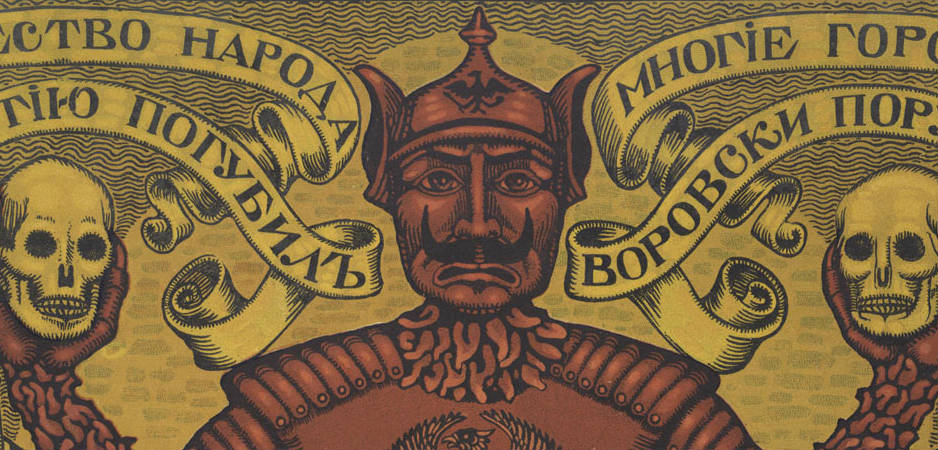
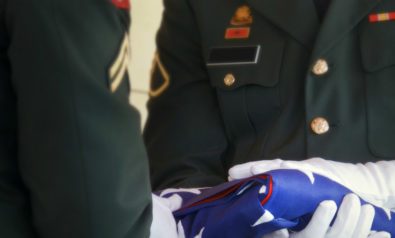
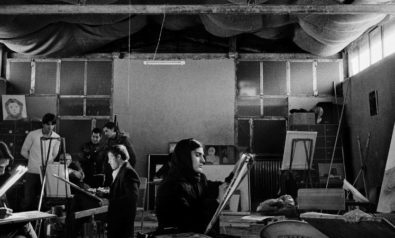


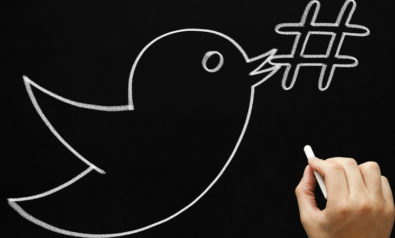
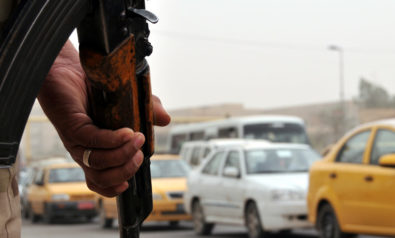
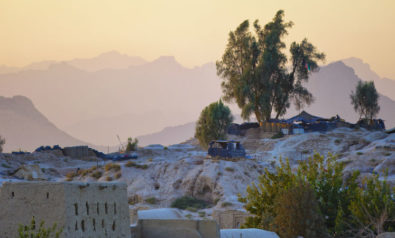
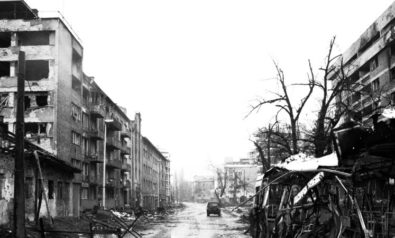


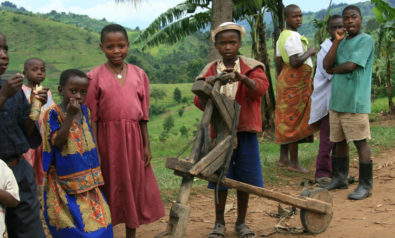
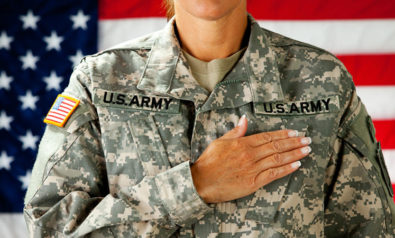


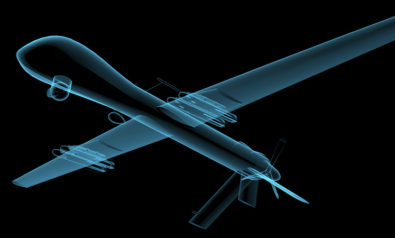
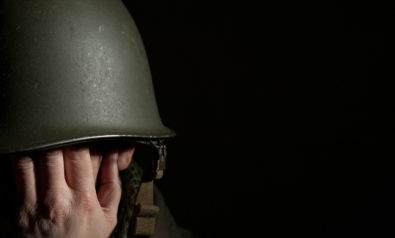
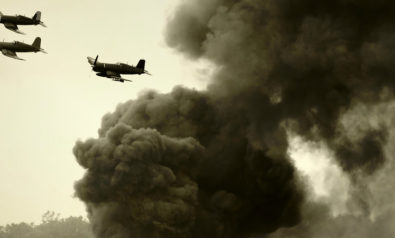
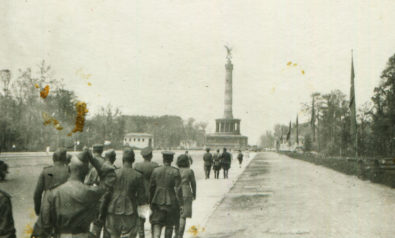



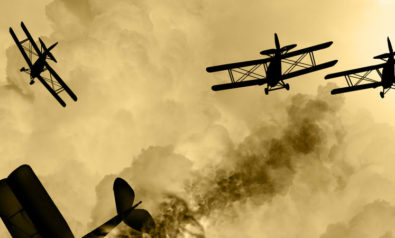
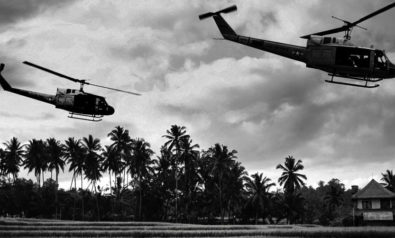

Comment